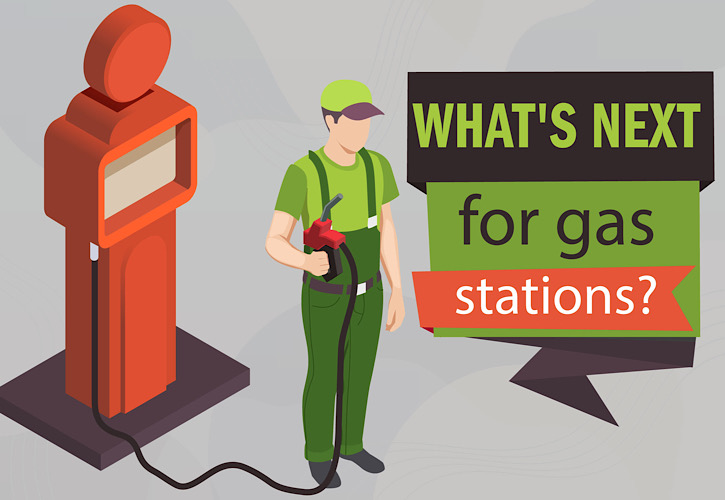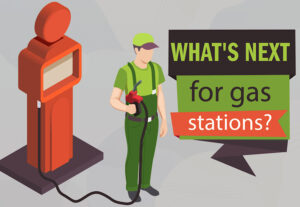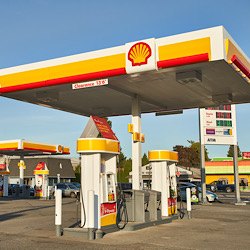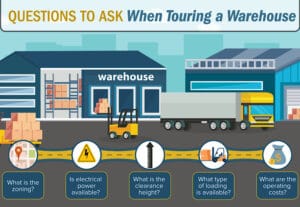
Every technology eventually runs its course and is replaced by the next advancement in the field. Car fueling stations are no exception. With the push toward having more electric vehicles on the road, gas stations are facing tough decisions about what to do next.
To fully understand what the future holds for gas stations, let’s examine why the shift toward electric vehicles is happening in the first place, the differences between electric charging stations and gas stations, as well as what this will mean for gas stations in times to come.
Why Electric Vehicles?
In the past few years, there has been a growing movement toward more eco-friendly considerations in all aspects of the world. From consumers demanding that companies use less packing materials to government regulations on factories; the future seems to be rapidly moving toward a more conservationist approach.
When president Biden took office, he made it clear that environmental considerations were going to be integral to his policy decisions. The administration has pushed hard for renewable energy (such as wind and solar) and green buildings, estimating that one million green jobs will be created as a result of these policies. Additionally, the Biden administration plans to push hard for increased public transportation options as well as encouraging individuals to walk and bike instead of using cars for transport. Many of Biden’s environmental policy decisions are geared toward reducing America’s carbon emissions.
One such decision consists of a massive 2.3 trillion-dollar infrastructure proposal, which designates 174 billion dollars in tax credits to incentivize automakers to shift toward producing more electric vehicles and electric batteries. The incentive for automakers to build these types of cars is combined with incentives for consumers to purchase these vehicles at more reasonable prices. The reason for this proposal is the massive environmental footprint that gas-powered vehicles leave on the earth (both in the production of the vehicles and use on the road).
Within this infrastructure proposal is a plan to add 500,000 electric charging stations across the US. However, by most estimates, millions more charging stations will be needed to accommodate electric vehicle owners as the EV trend expands. These estimates are due to what is known as “range anxiety,” a phenomenon experienced by electric vehicle drivers when they fear that they may run out of charge while on the road. Having more charging stations available along common routes can serve to reduce range anxiety and encourage more drivers to purchase electric vehicles.
Electric Charging Stations versus Gas Stations
Electric vehicles have very specific charging needs. Depending on the size of the car’s battery, how full the battery is at the time, and the available voltage in the outlet, it can take anywhere from a half-hour to a whopping eight hours to fully charge the car’s battery.
While many electric vehicle owners charge their batteries at home, there is still a need for charging stations to be available while on the road.
Compare these requirements to those of a gas station, which are designed for a quick, 15 minute or less fill-up. Not to mention, gas stations need to be close to residential areas, as few people tend to have large reservoirs of fuel at home to keep their vehicles’ gas tanks full.
Food and Entertainment Considerations at Fuel Stations
The typical gas station is usually combined with a convenience store. This allows the driver to run into the store during or after fueling, grab a quick snack and get back out on the road in a very short time.
However, the typical convenience store set-up will not be very helpful for electric vehicle owners who need to stick around for much longer periods of time. Many people tend to sit in their vehicles and pass the time playing on their phones while waiting for their car to charge.
With these longer waiting periods in mind, it’s likely that electric charging stations are going to need to start offering shopping and dining options in order to accommodate the EV owners.
Another option for electric charging stations is to combine forces with a coffee shop such as Starbucks so that drivers can work or enjoy some coffee in a relaxing environment while their car is charging.
Some gas stations have made this type of transition already. Regional chains such as Sheetz and Wawa maintain larger buildings with more of a casual restaurant setting which can accommodate the transition to electric vehicle charging stations perfectly.
Additionally, some larger stores such as Walmart and Wholefoods have begun placing electric charging stations in their parking lots, which allows drivers the convenience of combining a shopping trip with a car charge.
One other interesting option is that of pure entertainment facilities at charging stations such as arcades or other attractions.
Location Considerations
As was touched on earlier, the typical gas station needs to be close to residential areas and high traffic areas to enable drivers to pull in and fill up quickly, making way for the next driver. Thus, locations such as those near business/neighborhood strips and those at busy intersections are perfect for the current gas station.
Electric charging stations, on the other hand, tend to require more space and do not have the requirement of being close to neighborhoods, as most EV owners have at-home charging capabilities.
This means that the locations of future EV stations are likely to be much more spaced apart than they are currently and likely will expand to more remote locations with larger parking capacity.
Putting it All Together
So, what will gas stations of the future look like?
Taking charging and location requirements into account, the image of tomorrow’s fuel station is that of large, spaced-out facilities housing entertainment, food, and retail options.
For traditional gas stations that last through the changing times, it’s likely that they will eventually need to close or revamp their structure drastically.

 Hi! We’re Josh and Jolene Baijot, the creators of this website. We’re also commercial real estate brokers in Bellingham, Washington. Thank you for taking the time to read this blog post. We appreciate your time spent on this site. You can connect with us on Facebook, Instagram, or contact us through this website.
Hi! We’re Josh and Jolene Baijot, the creators of this website. We’re also commercial real estate brokers in Bellingham, Washington. Thank you for taking the time to read this blog post. We appreciate your time spent on this site. You can connect with us on Facebook, Instagram, or contact us through this website.


